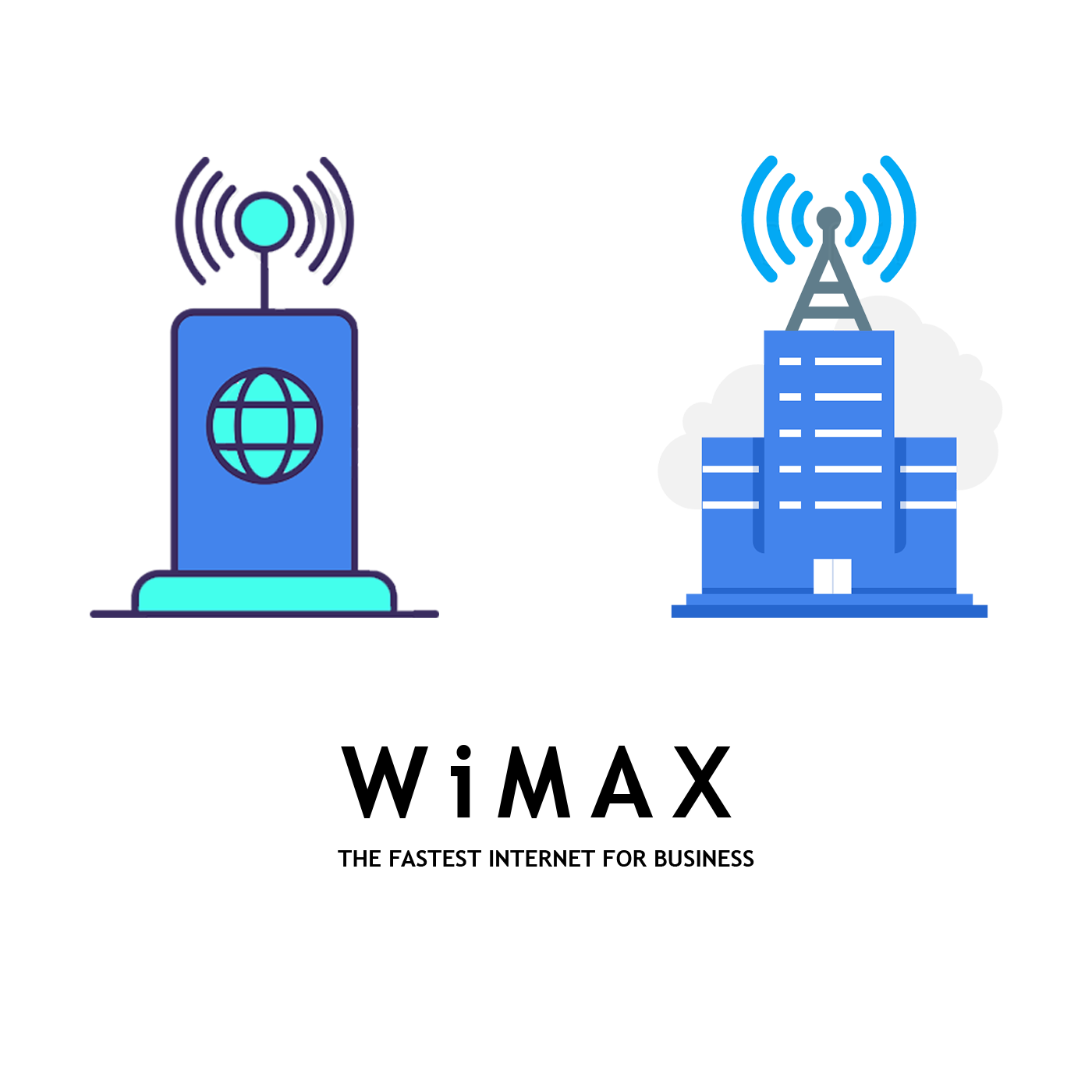
Worldwide Interoperability for Microwave Access WiMAX
is a technology standard for long-range wireless networking for both mobile and fixed connections. While WiMAX was once envisioned to be a leading form of internet communication as an alternative to cable and DSL, its adoption has been limited. Primarily owing to its much higher cost, it is not a replacement for Wi-Fi or wireless hotspot technologies. However, it can be cheaper to implement also instead of standard wired hardware as with DSL.
WiMAX is also known by its technical name, "IEEE 802.16,"
which is similar to Wi-Fi’s technical specification of 802.11. It is considered the second generation broadband wireless access (BWA) standard and will most likely be used along with Wi-Fi, rather than replace it. Since WiMAX has such a large signal range, it will potentially be used to provide wireless Internet access to entire cities and other large areas. In fact, some proponents of WiMAX predict it will eventually spread Internet access to all parts of the globe.
What is Wi-MAX?
WiMAX equipment comes in two basic forms:
base stations, installed by service providers to deploy the technology in a coverage area; and receivers, installed in clients. WiMAX is developed by an industry consortium overseen by a group called the WiMAX Forum, which certifies Wi MAX equipment to ensure that it meets technical specifications. Its technology is based on the IEEE 802.16 set of wide-area communications standards. Wi MAX has some great benefits when it comes to mobility, but that is precisely where its limitations are most painful.
Stable Internet
Download = Upload
Unlimited Bandwith
Dedicated
IT Planet Team Support
8 Static IP


